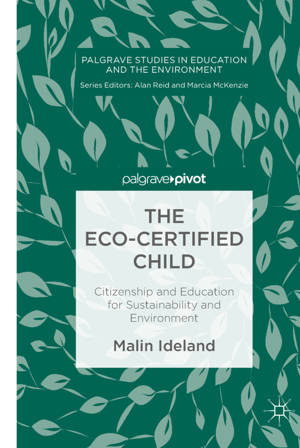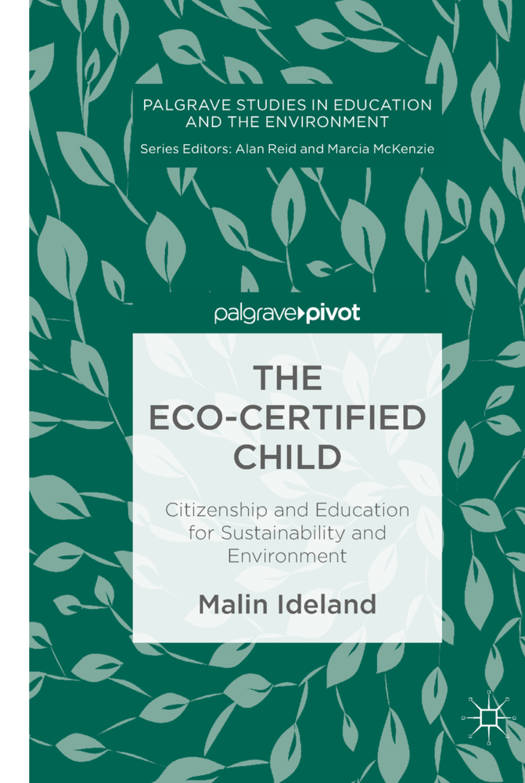
- Afhalen na 1 uur in een winkel met voorraad
- Gratis thuislevering in België vanaf € 30
- Ruim aanbod met 7 miljoen producten
- Afhalen na 1 uur in een winkel met voorraad
- Gratis thuislevering in België vanaf € 30
- Ruim aanbod met 7 miljoen producten
Zoeken
€ 88,45
+ 176 punten
Omschrijving
While few could dispute the need for Environmental and Sustainability Education (ESE) for children and young people, this book explores the problems inherent in this educational practice. Despite good intentions, the author highlights how ESE can in fact contribute to a (re)production of harmful norms and possible subjectivities by categorizing various groups as 'threats' to the environment. The author analyzes how these categorizations are entangled in historical discourses on social class, nationality and race, thus resulting in double gestures of inclusion and exclusion. Even as sustainability and environmental engagement becomes a treasured identity for the affluent, the author highlights that despite the best of intentions, the discourse of ESE can reinforce positions of suborder and superiority, which could even impede real change in the long run. This illuminating book will be of interest to students, scholars and practitioners of sustainability education.
Foreword by Thomas S. Popkewitz
Foreword by Thomas S. Popkewitz
Specificaties
Betrokkenen
- Auteur(s):
- Uitgeverij:
Inhoud
- Aantal bladzijden:
- 162
- Taal:
- Engels
- Reeks:
Eigenschappen
- Productcode (EAN):
- 9783030001988
- Verschijningsdatum:
- 29/11/2018
- Uitvoering:
- Hardcover
- Afmetingen:
- 151 mm x 218 mm
- Gewicht:
- 388 g

Alleen bij Standaard Boekhandel
+ 176 punten op je klantenkaart van Standaard Boekhandel
Beoordelingen
We publiceren alleen reviews die voldoen aan de voorwaarden voor reviews. Bekijk onze voorwaarden voor reviews.








